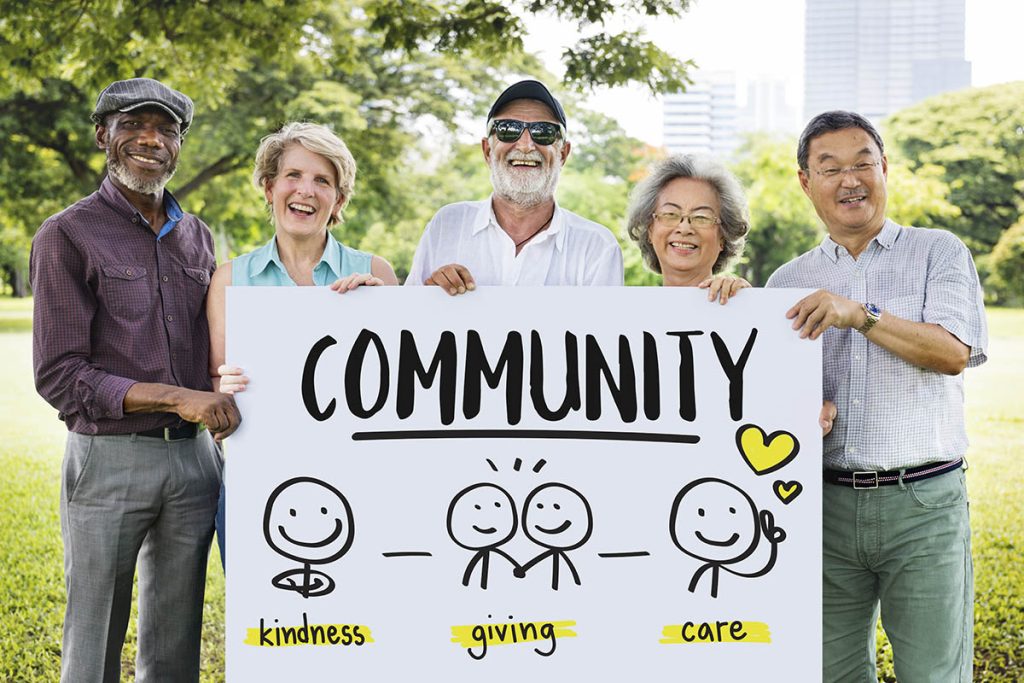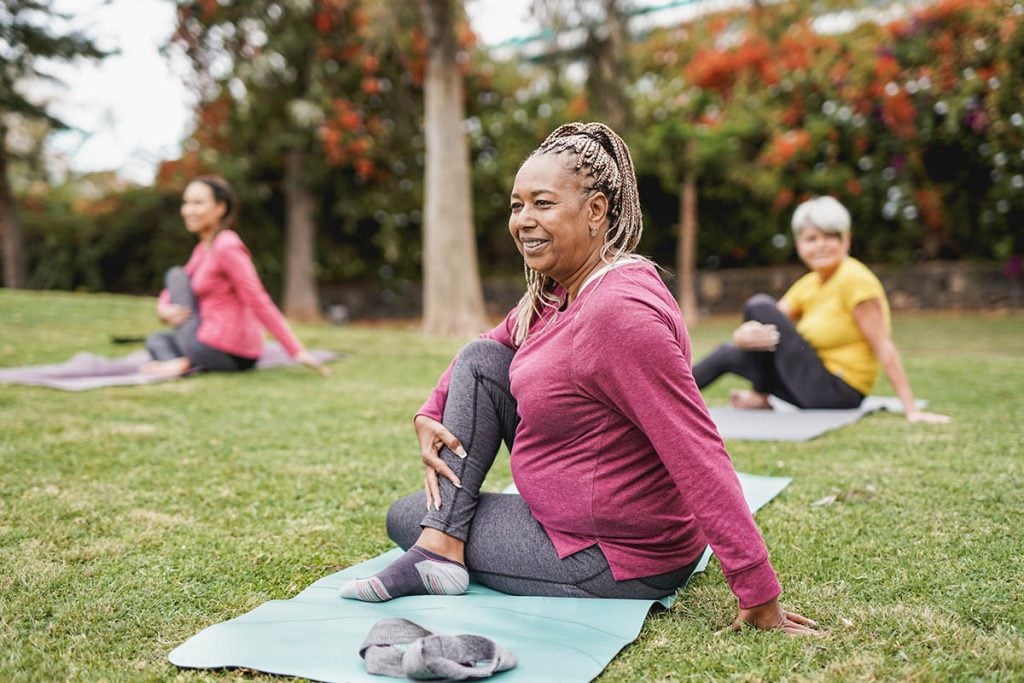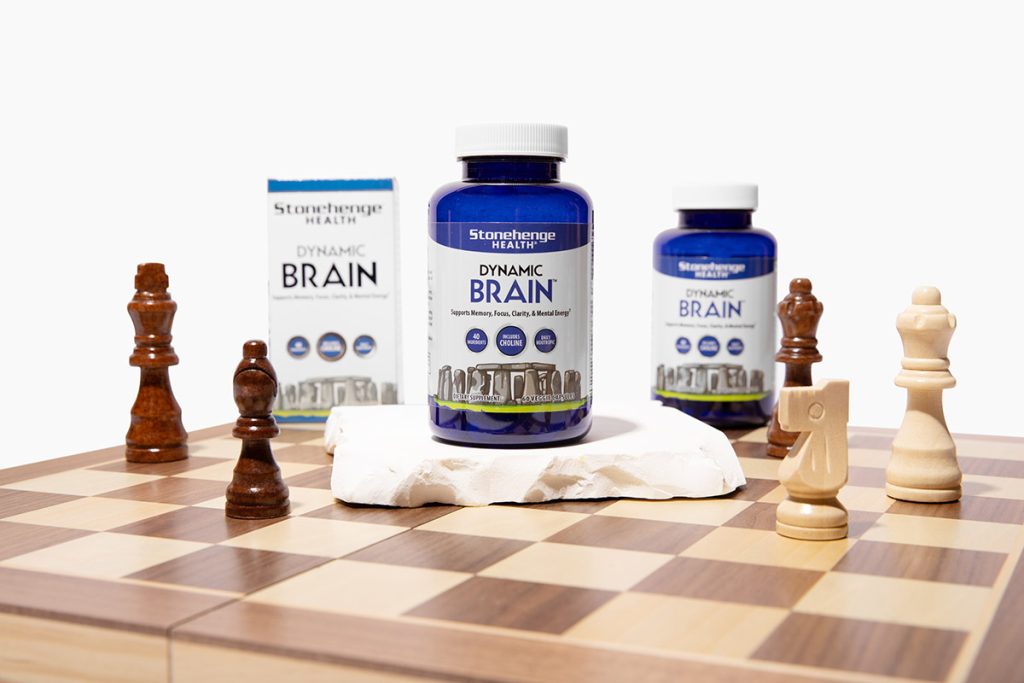
Loneliness is a universal human experience. It sneaks up during major life changes or even amid the buzz of our daily lives.
But remember, feeling lonely doesn’t mean you’re alone in this. Understanding and tackling loneliness is key to finding joy and connection.
1. Embrace Your Feelings

Admitting you’re feeling lonely is the first step toward change. Journaling your thoughts or confiding in someone (friend, neighbor, family, therapist) can help you navigate these feelings and set the stage for a happier, more connected life.
2. Make Real-Life Connections

In our digital age, nothing beats face-to-face interactions. They enrich your life in ways that online interactions can’t. So, next time, choose a coffee date over a text.
3. Virtual Catch-Ups Count Too

Distance doesn’t mean disconnection. Scheduled video chats with long-distance friends and family can strengthen bonds and bring joy into your life, even if you’re miles apart.
4. Join a Club, Find a Tribe

Pursue your passions with others. Whether it’s tennis, art, or culinary delights, shared interests are a fantastic way to build new, meaningful relationships.
5. Embrace Solo Adventures

Use alone time to grow. Start a new hobby, learn a language, or train for a marathon. These solo pursuits can be incredibly fulfilling and empowering.
6. Give Back, Feel Great

Volunteering offers dual benefits: helping others and boosting your own mood. Whether it’s community service or animal care, giving back can be a powerful antidote to loneliness.
From Lonely to Lively

While these steps can help combat loneliness, caring for your mental health is equally crucial.
This is where Stonehenge Health’s Dynamic Brain comes in. It’s formulated to support cognitive health and mental clarity, aiding you in pursuing new activities and social connections with confidence and focus.*
Dynamic Brain‘s blend of natural ingredients can help improve your mood and cognitive function, making it easier to step out of your comfort zone and build the connections you crave.*
By taking care of your brain health, you’re setting yourself up for success in overcoming loneliness and finding joy in both solo and social pursuits.
Loneliness isn’t a permanent state…
With these practical steps and the cognitive support from Dynamic Brain, you can embrace life’s moments – whether alone or in company – with a healthier, happier mindset.
So why wait?
Begin your journey towards a more connected, fulfilling life today.















